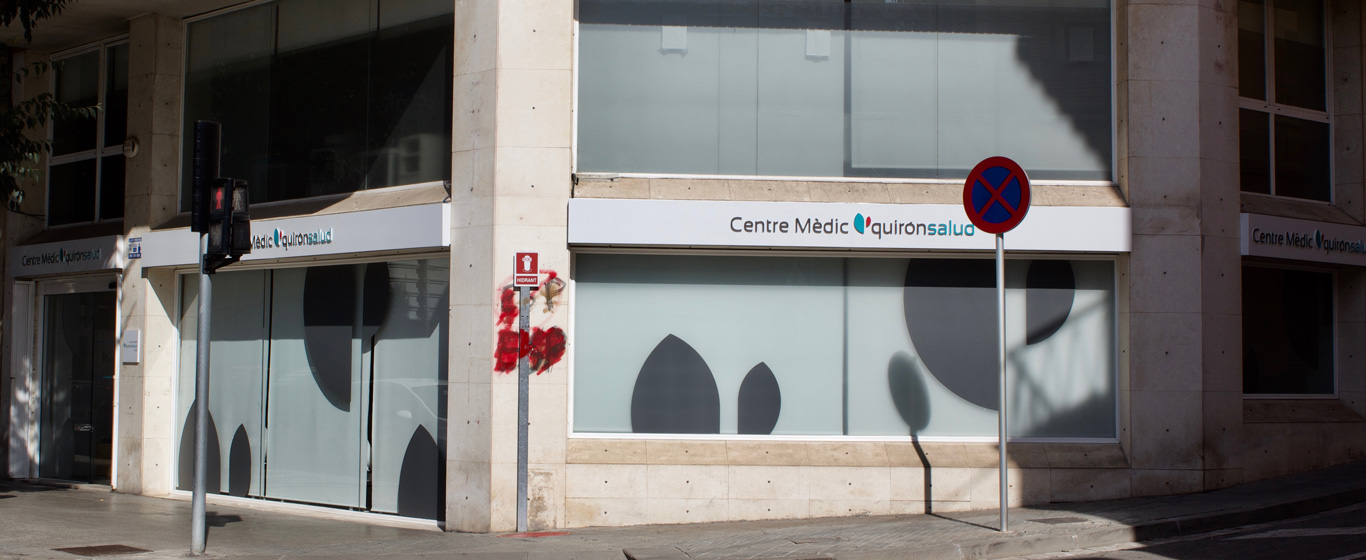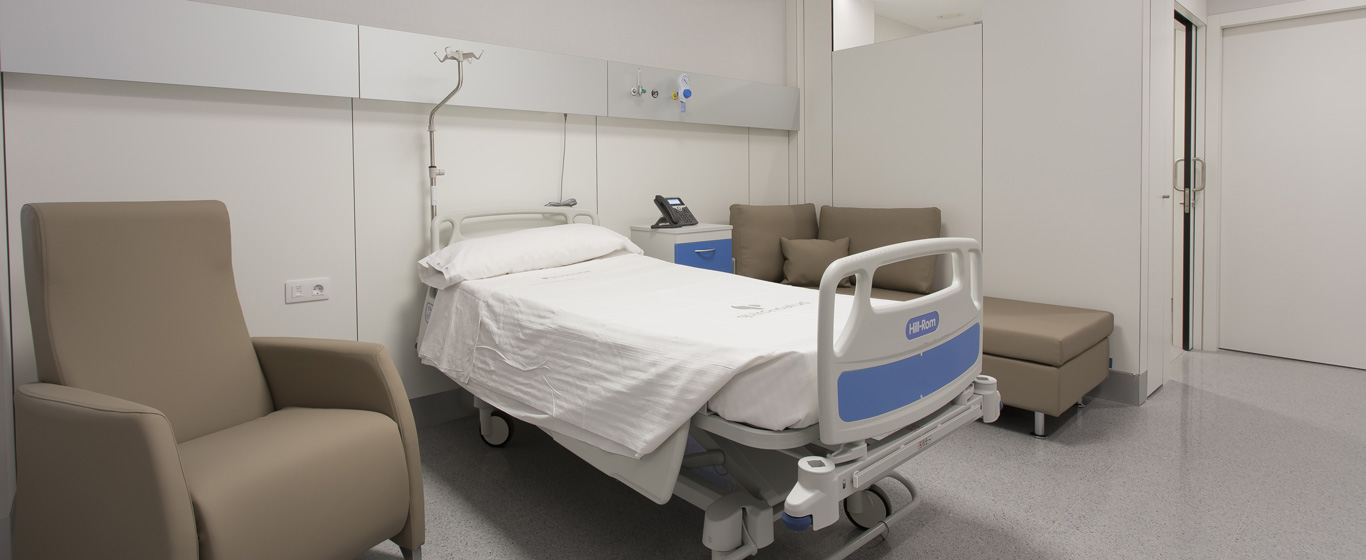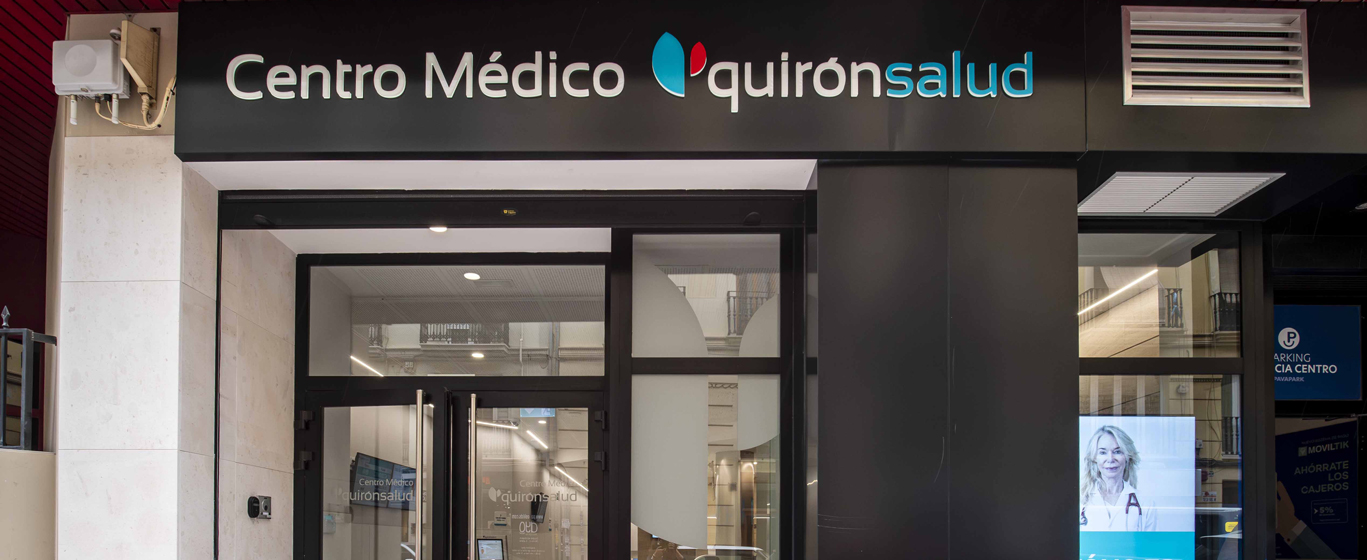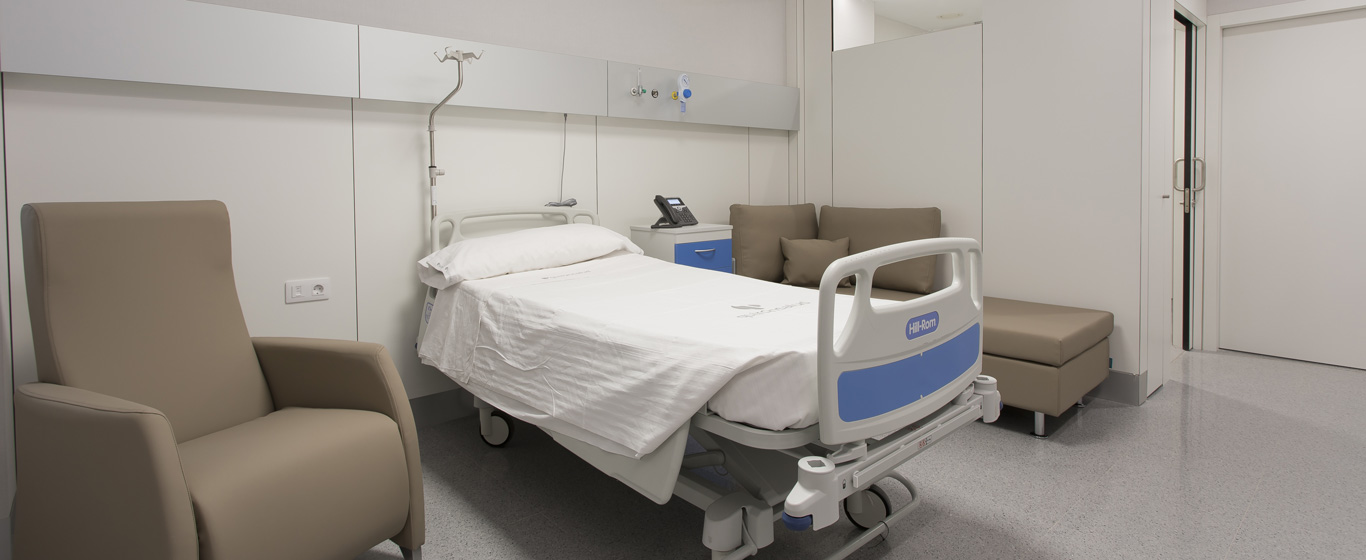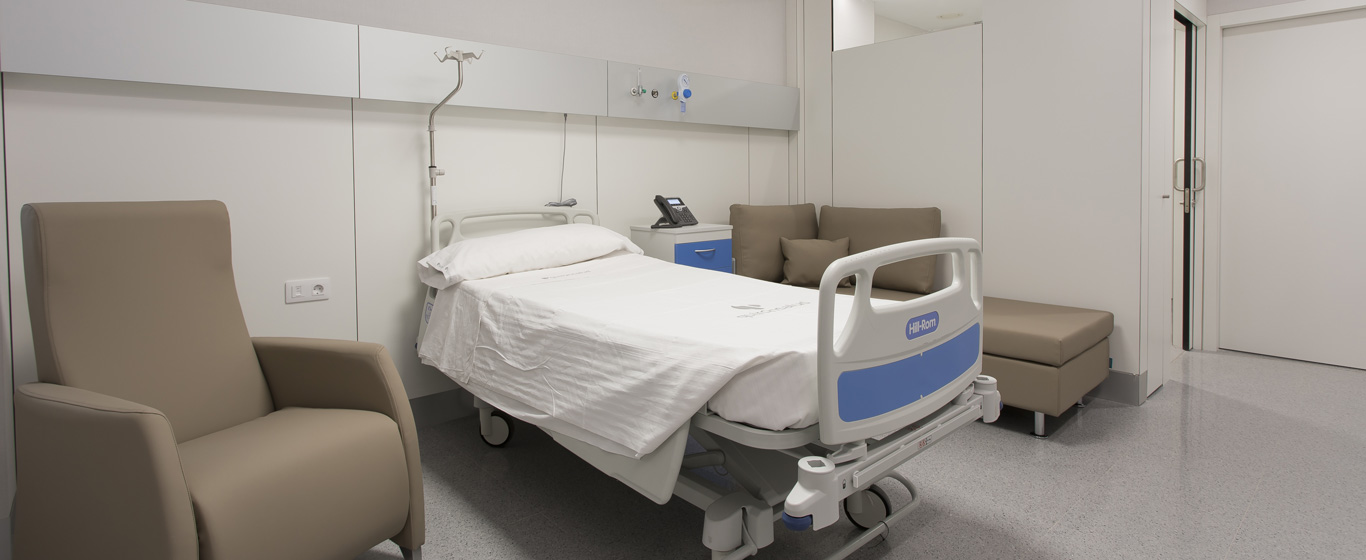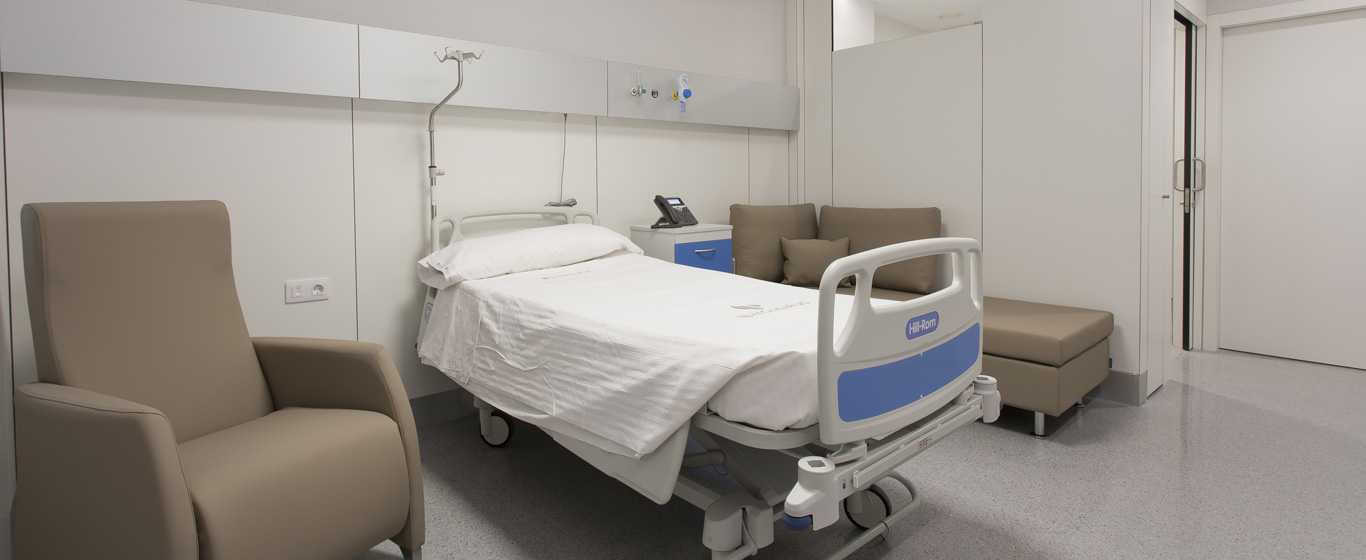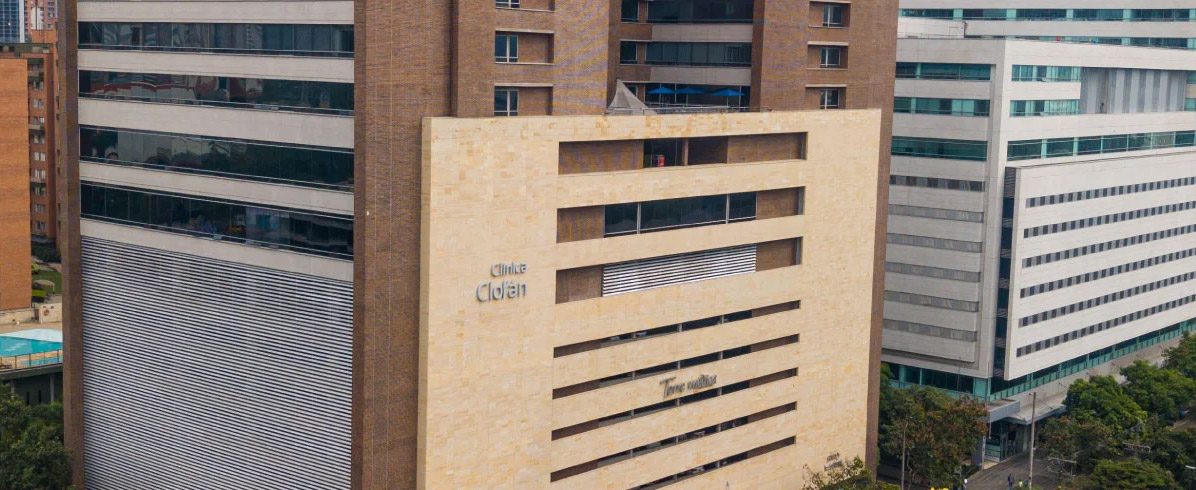Retinal Detachment
What is retinal detachment? Learn all about its causes, symptoms, and the most effective treatments for this urgent condition.
Symptoms and Causes
The retina is the back layer of the eye responsible for converting light and images into nerve signals sent to the brain. Retinal detachment occurs when the neurosensory retina (the inner layer containing light-sensitive cells) separates from the retinal pigment epithelium (the outer layer), causing fluid to accumulate in the space between them. As a result, the neurosensory retina loses oxygen due to a lack of blood supply, making medical intervention a priority to prevent cell death and potential irreversible vision loss.
The risk of developing retinal detachment increases with age, as the vitreous humor thins over time and fails to adequately support the retina.
Symptoms
When the retina detaches, clear symptoms appear:
- Sudden appearance of floaters (myodesopsia).
- Blurred or distorted vision.
- Reduced peripheral vision.
- Flashes of light (photopsia).
- A dark curtain covering part of the vision.
Causes
The primary cause of retinal detachment is small tears in the retinal membrane, allowing vitreous humor to leak and push against the retina as it accumulates behind it. Additionally, natural aging, eye infections, or trauma can trigger this condition.
Risk Factors
The main risk factors for retinal detachment include:
- Age: over 50 years old.
- Family history of retinal detachment.
- Previous retinal detachment.
- Eye surgery.
- High myopia.
- Eye trauma.
Complications
If retinal detachment is not treated in time, it can lead to severe consequences such as chronic inflammation, retinal atrophy, pain, or total vision loss.
Prevention
Retinal detachment cannot be entirely prevented, making it crucial to recognize potential symptoms and attend regular ophthalmologic check-ups to mitigate its impact. Additionally, using protective gear during high-risk sports or occupations is essential to reduce the risk of ocular injury.
Which Doctor Treats Retinal Detachment?
Ophthalmologists are the specialized doctors who treat retinal detachment.
Diagnosis
Specialists diagnose retinal detachment based on patient symptoms and confirm it with a fundus examination with pupil dilation, allowing for a clear view of the retina.
Treatment
The most effective treatment for retinal detachment is surgery. Depending on each case, different techniques may be used:
- Laser retinal photocoagulation: repairs the retinal tear by applying heat.
- Scleral surgery: places a silicone band on the sclera to push the eye inward and correct the retinal tear.
- Retinal cryotherapy (cryopexy): uses cold to promote the healing of retinal tears.
- Pneumatic retinopexy: without removing the remaining fluid in the eye, gas is injected to seal the tear.
- Vitrectomy: removes the vitreous humor and replaces it with silicone oil or gas to maintain the eye’s structure and consistency.
Postoperative care is crucial in these cases to prevent recurrence. Patients typically need to take antibiotics and anti-inflammatory medications and maintain a specific head position to facilitate retinal reattachment.






